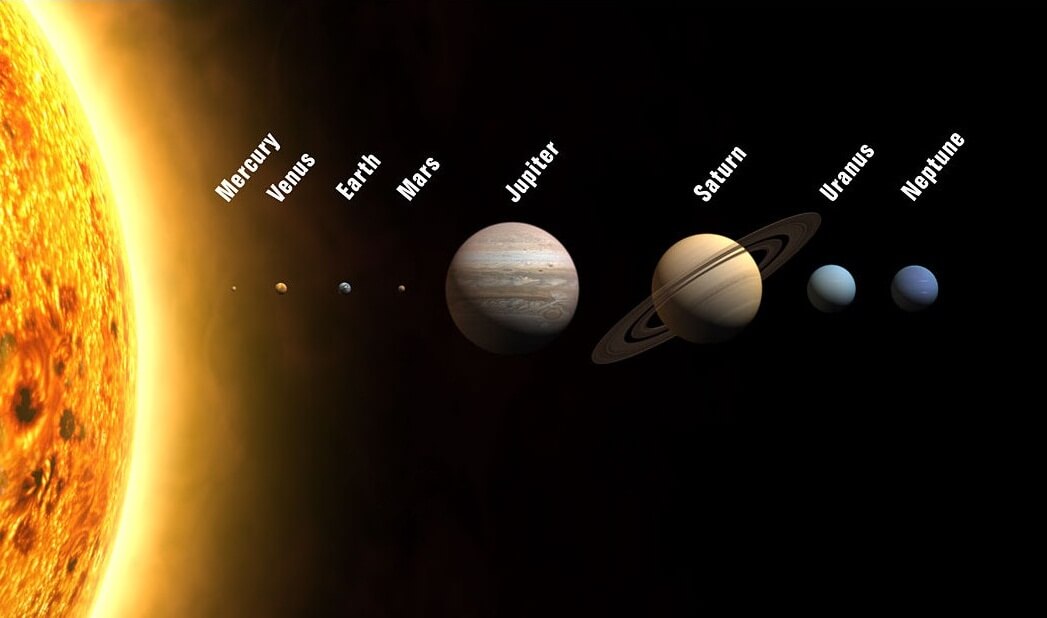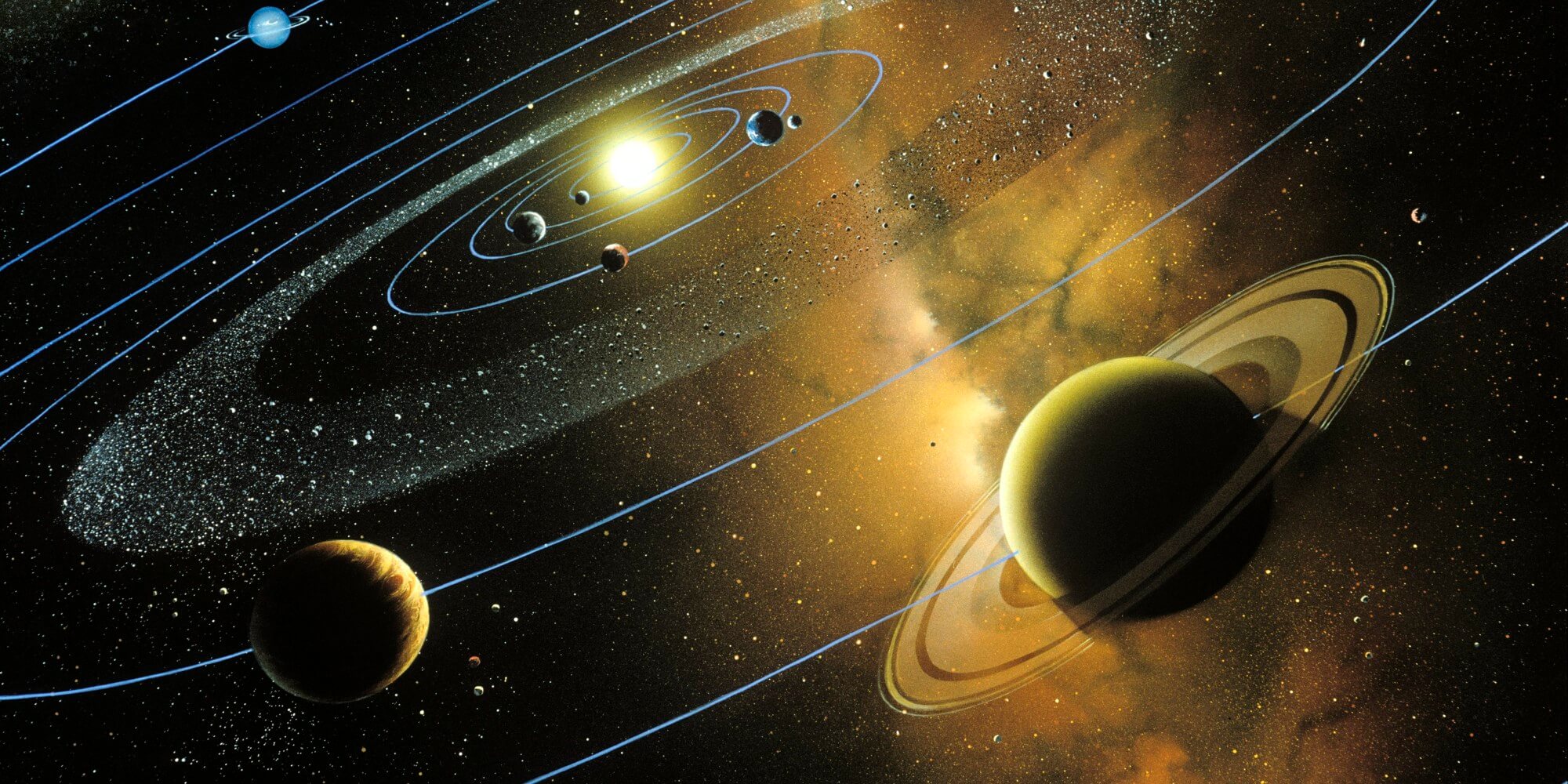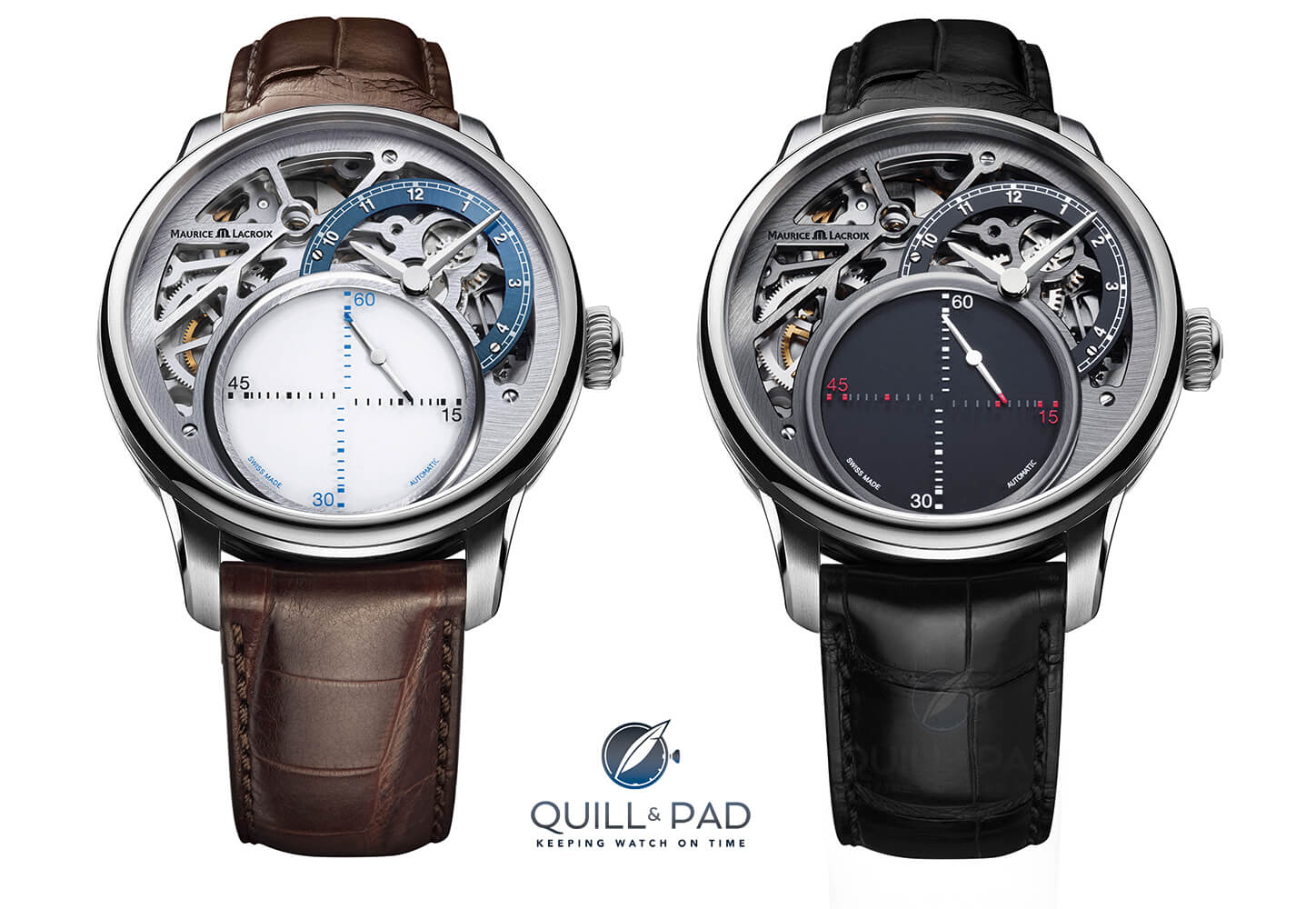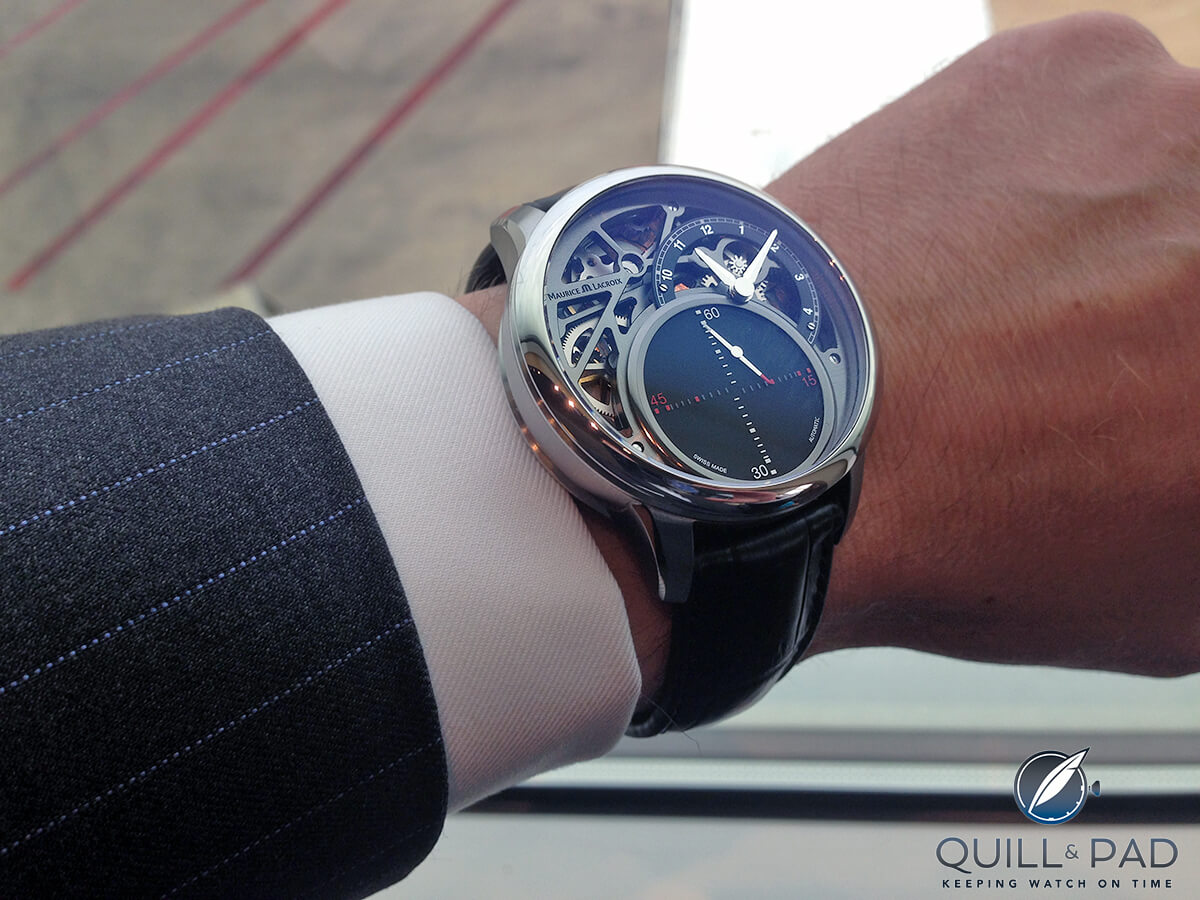I have written about the glowing moon and mused about the curtain of stars. I have covered the expanse of the galaxy and the majesty of the universe. It really helps a person to remember how small we are in this great big thing called existence.
But in all that talk I forgot to mention one of the most important and most relevant topics you could study in astronomy: our neighborhood.
I’m not talking about the neighborhood with that nice older lady down the road who has all the cats, or the one with the grumpy middle-aged man who is obsessed with his lawn.
No, I’m not talking about the neighborhood you grew up in before moving to a new town or even the one you are living in now.
What I am talking about is the other neighborhood that we are all residents of: our planetary neighborhood, otherwise known as the solar system.
This system is the most important because it’s probably the only system we humans will visit for a long time. I do mean a very, very long time. So since we aren’t really going anywhere for a while, why not grab a Snickers and stick around to see where this journey is going.
Our weird solar system
The solar system that we inhabit has been our home for 4.5 billion years. Actually it has only been our home for a few million years, but has been doing its thing for much longer than we’ve been around. Our solar system consists of numerous rocky bodies, gas giants, and belts of smaller bodies made from rock and ice. But the details that make it a solar “system” are the bodies’ orbits around the sun, the center of the system.

The planets in our solar system in scale of size, but not distance; to put the distance in accurate scale with the planets at this size would require a photo over 4 kilometers/2.5 miles wide
These have intrigued sky gazers for millennia and for good reason: they seemed weird. Some bodies disappeared for periods of time, while others moved backward across the sky. Some moved in front of the sun, and others had phases just like our moon.
In modern astronomy, we know even more weird facts about the planets.
Mercury crosses in front of the sun every seven years due to a seven-degree inclined orbit and only has one rotational day for every two orbital years. A day on Venus is longer than a year on Venus, but because Venus rotates with a clockwise retrograde motion (versus the more familiar counterclockwise motion), the solar day is almost half of the sidereal day.
Perhaps weirdest of all is Uranus. This planet had an orbit that didn’t follow predictions (space nerd side note: it was because Uranus moved as if pulled by another large body, distorting its orbit; that large body turned out to be Neptune, which, because astronomers were then looking for it, was discovered).
Neptune also has an axial tilt of 97.77 degrees from vertical, placing it completely on its side! Neptune is basically a ball rolling around in a circle. Cool stuff, right?
The solar system, our own neighborhood, is a pretty unique and interesting place, and above I have only skimmed the surface of one aspect of the whole grand thing. But that little bit gives you a tiny glimpse into another system of planets that I have come to admire, planets that reside in a watch.
Well, what did you expect?
Mysterious mechanics
Here is a watch that I enjoyed from the moment I saw it; one that wants to keep you guessing for as long as possible: the Maurice Lacroix Masterpiece Mystery. I bet you know why it wanted to keep you guessing with a name like that.
The Masterpiece Mystery is one of my favorite pieces to come from Maurice Lacroix in a while, and it highlights said mystery very clearly with a giant subdial featuring a “floating” second hand.
When I first saw this, I, like some others, had the initial impression that something was wrong with the hand. Until I saw it moving. At that moment, I knew I wanted to know how they did it, and I couldn’t wait to get my hands on a model to take a closer look.
Before I got that chance though, I ran through my head all the ways that it could possibly function, including clever mechanisms, magnets, and straight-up sorcery. After watching it go around that dial numerous times, I was able to understand the movement a little better and started to develop my own theory.
But, alas, Maurice Lacroix still wanted to keep the secret so I would have to wait until almost a year later when an updated model came out and I got the chance to spend some time with one.
A revealing look
The closer look provided me with some keen insights and confirmed some of my suspicions. I had decided prior that the movement was probably outfitted with gears instead of magnets, and had noticed by this time that the second hand was most definitely attached to some sort of pinion shaft.
Sitting in a meeting during Baselworld 2014, we were shown a video revealing the mechanism behind the Masterpiece Mystery and, lo and behold, there was the solar system right there on the wrist. Well, in a way.
The mechanism is an epicyclical gear train (aka: a planetary gear system) featuring a planet-like gear that rolls along an outer ring gear, the annular gear. The second hand is attached to the center of the planet gear and thus allows for the tips of the second hand to trace a hypocycloid curve. In this case it traces a four-pointed curve called an asteroid curve. That’s a pretty appropriate coincidence if I do say so myself.
The dual tips of the second hand combined with the hypocycloid curve allow for the seconds to be indicated in a linear fashion instead of the traditional circular format. Being the company that introduced square- and clover-shaped gears, it isn’t too much of a stretch to see a new way to indicate the seconds coming from Maurice Lacroix.
Added to the mystery
This “mystery” is aided by the fact that between the mechanism and the seconds dial sits a perfectly smooth disc that rotates as the hand does. Unless you look closely, you wouldn’t even know that the two aren’t connected, or even the same part. The dial itself is a piece of sapphire with the markers applied so that the hand moves beneath them.
With these planets hidden from view, the visual interest is picked up by the open-worked movement and smaller subdial indicating hours and minutes. While the time is still the most critical element in a functional watch, it takes a backseat on this piece as the mystery unfolds.
The details aren’t lost, however: the bridgework for the open movement is finished very nicely and feels thoroughly considered.
But to me, the stars of the show are the gears that no one is meant to see, except for a watchmaker or an extremely curious owner. It’s a nod to watchmaking of old in a way.
Historically, movements were kept hidden even after being meticulously hand-finished because it just wasn’t the fashion to show off the movement. Instead, only a watchmaker and possibly the owner would ever get a glimpse at the internal wonder that the original builder had created.
This could be an allegory to the solar system as well. It’s there, always waiting for us to look at it, but much of the time it remains hidden behind a blue sky or a moonlit night, just out of view.
Only the very curious could ever see the solar system in its details, and only after telescopes were invented and available to a wider range of spectators. Luckily for us, we live in a world with Youtube, Neil deGrasse Tyson, and the Maurice Lacroix Masterpiece Mystery, so the many solar systems of our lives are never too far away.
I feel a breakdown coming on!
• Wowza Factor * 9.15 Floating is a nonsensical way, what is this magic!?
• Late Night Lust Appeal * 58.25 gn » 571.237m/s2 More than half the Gs pulled by a sprint missile, the Masterpiece Mystery will definitely hold your butt down with awesome sauce.
• M.G.R. * 62.6 Top-notch, open-worked movement, manufacture made, and incorporating a epicyclical gear train. Any questions?
• Added-Functionitis * N/A Once again a time-only watch does not disappoint. It does, however, save you from picking up a prescription for Gotta-HAVE-That cream.
• Ouch Outline * 9.94 – Accidentally Stepping On A Rake Like In A Cartoon Whether or not you are Foghorn Leghorn or some other character, that surprise can smart more than many realize. Still, I would run through a field of rakes to be able to have this on my wrist.
• Mermaid Moment * Umm, how did you do that? I know that confusion usually does not spell happiness ever after, though the answer to that question makes me start searching online for flash wedding dress sales. Um, I mean tuxedo, yeah, tuxedo sales.
• Awesome Total * 500 The entire limited run of both versions combined makes for a perfect (and satisfyingly even) total!
For more information, please visit www. mauricelacroix.com.
Quick facts
Case: 43 mm, stainless steel
Movement: automatic Maurice Lacroix Automatic Manufacture Caliber ML215 with mysteriously moving display of seconds
Functions: hours, minutes, and seconds
Price: $13,900
Limitation: 250 pieces each in dark (“Contemporary”) and light (“Classic”) versions
Leave a Reply
Want to join the discussion?Feel free to contribute!







May I know how much the retail price of Masterpiece Mysterious Seconds “Revelation”?
and when its launched?
tqvm
Thanks for asking, Sam. The Revelation edition was just shown at Baselworld 2016. I’ll find out more for you as soon as I can.